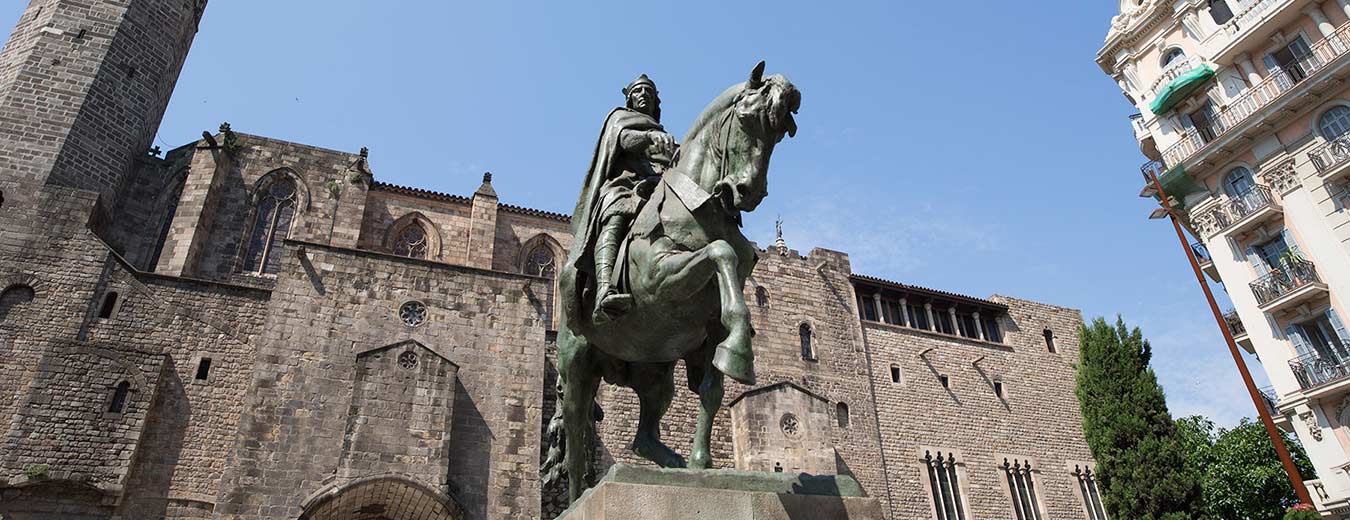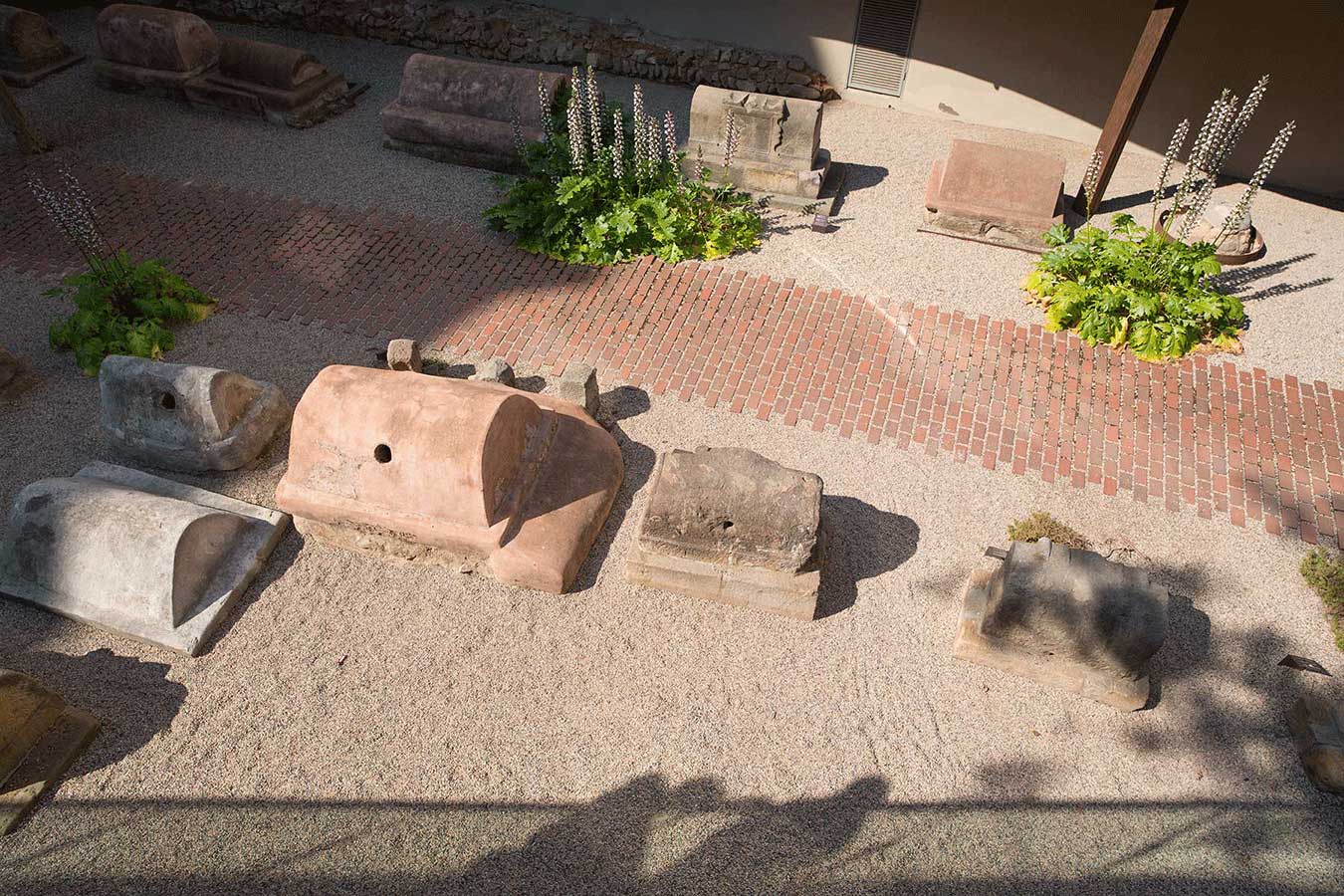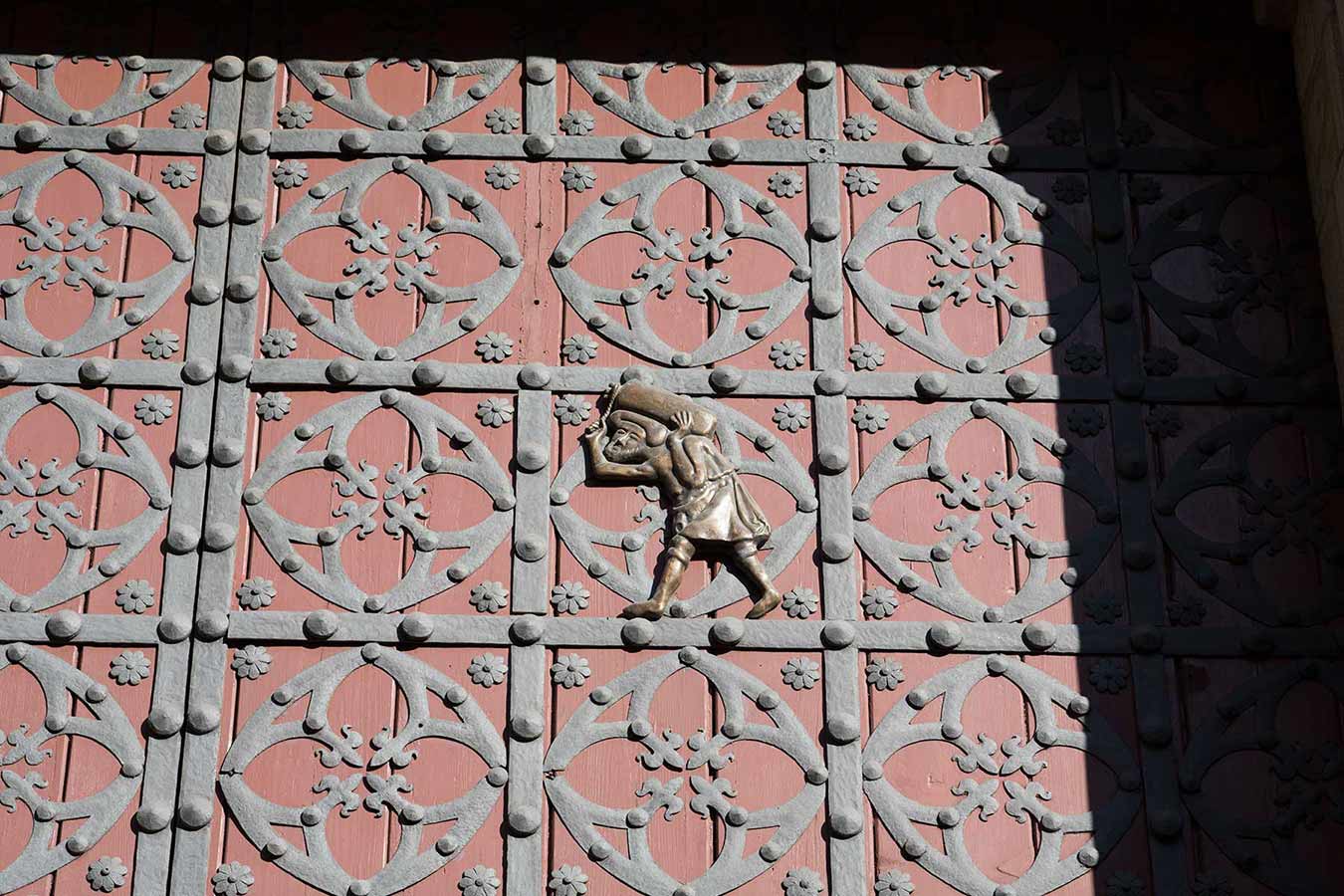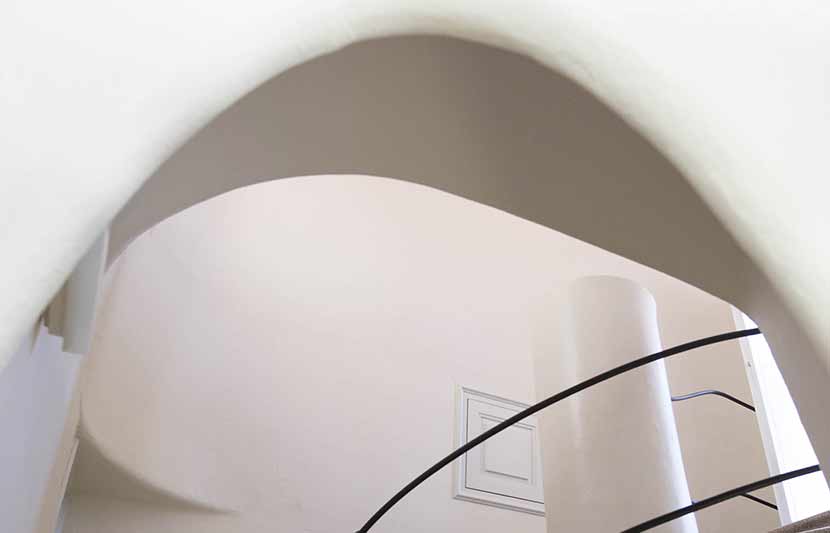

The Romans are the first people that find interest in Barcelona, but until the middle ages Barcelona is a small an insignificant town. It is only efter it is united with Aragon (in 1137) that the city begins to grow in importance and size.
During the 13th Century, Barcelona is the capital of a reign that starts an expansion period that would make Catalan one of the most important languages in the Mediterranean. Barcelona and the Kingdom of Aragon and Catalonia had commercial contact with all the important cities in the Mediterranean Sea.
The romans came to the area of modern Barcelona in the year 15 BC and founded a city that they called Colonia Iulia Augusta Faventia Paterna Barcino - in short let's call it Barcino. It was primarily an administrative town and it only had around 5.000 inhabitants. A large wall protected the city (the wall consisted of 72 defense towers), but a large proportion of the population lived outside the city walls. At this moment cities like Tarragona (to the south) and Emporion, Nimes and Orange (north of Barcelona) were larger and more important towns than Barcino.

When the Roman Empire entered years of crisis around 300 peoples from the north started the invade the area of modern Spain. The Visigoths were one of the new people coming from north. In 415 the Visigoth King Athaulf succeeded in having control over the Iberian Peninsula. The control lasted for close to 300 years.
After the Visigoths came the Arabs. In 711 they would cross the Strait of Gibraltar and start their voyage up north. In just 7 years they controlled most of the Iberian Peninsula. Barcelona became controlled by the Moors.
Today very little if left from the Moors in Barcelona. Together with the Franks the Moors were fought. And under the leadership of Guifré el Pilos (Wilfred the Hairy) the county of Barcelona took control over what is modern Catalonia. A few centuries later an important occurrence took place: on August 11th 1137 the 2-year-old daughter of Ramir II of Aragon was married to the Count of Barcelona, Ramon Berenguer IV.
Thus Catalonia got a much sought-after King’s title. This created the ground for an expansion period, which should make the Catalonia-Aragon to a superpower in the Mediterranean Sea on the side of the powers such as Genoa and Venice. In subsequent years, Catalonia took Mallorca, Menorca, Ibiza, Valencia, Sicily, Naples and Sardinia. For a short period of time, Catalonia even controlled Athens.

But in the early 1400’s difficult times started for Catalonia and the area was annexed to the crown of Madrid. Only in the 1800’s Catalonia began to experiencing yet another period of greatness again. This time the result was the so-called renaissance and the birth of modernism - a flowering period of art, culture, language and architecture.The Roman founded Barcelona with a typically Roman city structure with streets, city walls, aqueducts, theaters, etc.
In the beginning the the 15th century the king Martin the Human didn’t have any children and so, without heirs to the throne, Catalonia became under the control of the Antequera Kings in Madrid. After the Spanish War of Succession, Catalonia’s position was further weakened: Catalonia backed the Austrian King in the major conflict and was punished by the winner of the war – the French king, Felipe V.
This situation lasted until the mid-1850'erne when Catalonia went through an industrial revolution that started a prosperous period for the region. The so-called Renaissance (La Reneixença) began. Well into the 20th Century, names such as Antoni Gaudí, Domènech i Montaner, Puig i Cadafalch, Salvador Dalí, Joan Miró and Pablo Picasso owed much to the Renaissance.

The building goes up againt traditional architectural thinking: it is far from the traditional box - here, for the first time, Gaudí creates a radically different architecture, inspired by organic forms. There are virtually no right angles, and organic and geometric shapes such as twsted arcs, paroboles and hyperbolic paraboloids become dominant.
For Gaudí, nature is ultimately a picture of the divine creation - nature is the work of God and thus nature is like "an open book" that every architect should study, as Gaudí put it. Casa Batlló uses glazed tiles and undulating movement in the facade for the first time.